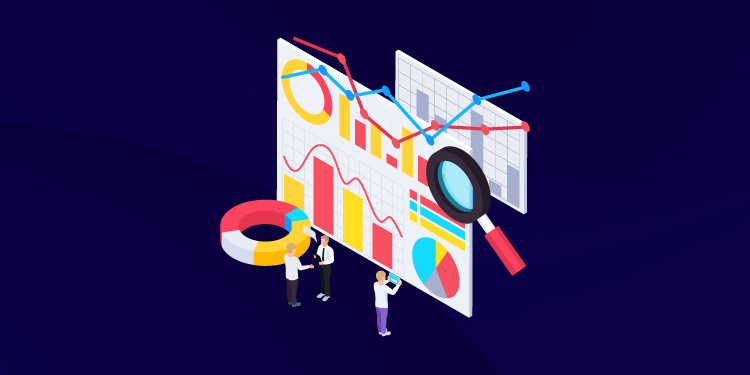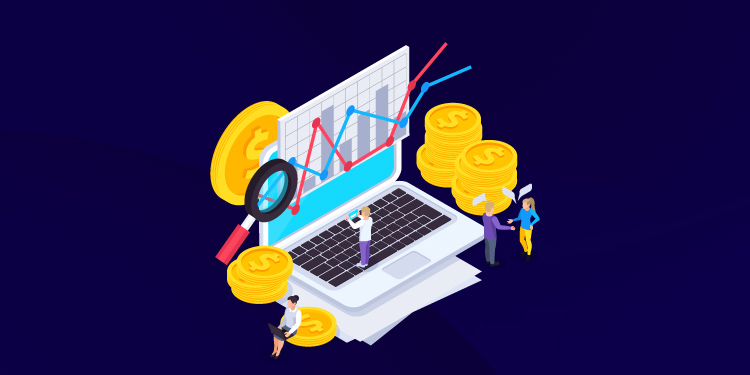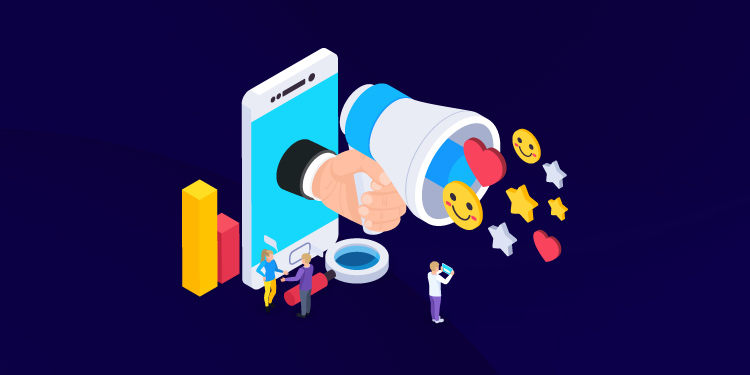
How Data Cleansing Strategy Improves Marketing ROI?
Author: Charles Berry
Marketing teams have a lot on their plate. While running a data-driven marketing campaign, the key focus often lies on strategies, channels, analytics, and metrics. In many cases, marketers fail to give much thought to enhancing the quality of the underlying data. But in fact, maintaining data quality through data cleansing can make a significant impact on your bottom line.
To understand the importance of data cleansing, you only need to look at the effects of dirty data on your business. When the contact information in your database goes stale, is invalid, and is rife with inaccuracies, your marketing efforts underperform. Inaccurate contact information leads to marketing dead-ends, misleading analytics, and unreliable insights. So, it is no wonder that dirty data is one of the biggest culprits of poor marketing ROI.
Up to 25% of B2B datasets contacts contain inaccurate or stale data. This causes around 40% of business objectives to fail. Ultimately, bad data costs U.S. businesses more than 611 billion USD in marketing ROI each year!
Additional read: A Guide to Ensuring Your Email List is Clean and Authentic
So, what can you do about it? In this article, we will discuss why data cleansing matters and six strategies to help you maintain a spotless database. Let us dive in!
Data Cleansing: The Single Best Thing For Your B2B MROI
Data cleansing is an exhaustive process that fixes or removes data that is:
- Incorrect
- Corrupted
- Incorrectly formatted
- Redundant
- Invalid
- Incomplete
While the data cleaning process varies from dataset to dataset, the objective is the same every time: achieving a high-quality database for effective data-driven marketing.
So, what are the benefits of data cleansing for B2B marketers? B2B marketing typically involves several touchpoints, a long sales cycle, and big-ticket products. To manage the sheer complexity, most B2B businesses rely on CRM tools. They collect, store, and structure data about existing and prospective customers. Then, the marketing and sales teams use this data to manage relationships with customers at every stage of the meeting. Now, if this data is not accurate or complete, the performance of your marketing campaigns takes a nosedive.
Building an Effective Data Cleansing Strategy
Data cleansing includes removing dirty data, standardizing data, and appending missing data. But tactics cannot stand on their own. Instead, you must implement them as a part of your data cleansing strategy. Here is how you can achieve this.
Step 1: Connect Data Cleansing With Overall Marketing Goals
The first step is to understand how your data cleansing strategy will fit in with your overall marketing goals. Then, you will need to identify KPIs to know exactly how your data cleansing initiatives add up.
For example, your marketing goal can be to achieve high email deliverability and high open rates. One way to achieve this is to reduce bounce rates and get rid of irrelevant emails. It is possible that your database contains numerous email records that are outdated, incorrect, or invalid. Or they belong to people who do not fit within your customer base. So, you can define percentage open-rates and percentage bounce-rates as a metric to measure the effects of the data cleansing process.
Additional read: Importance of CRM Data Cleansing: Learn how to clean your database
Step 2: Define a Data Quality Plan
Your data quality plan will help you identify which types of data present the biggest quality issues in your database. This step will help you select which data cleansing tactics you should apply and which tools you should use.
Further, it is a good idea to include roles and responsibilities, goals, and data cleansing KPIs in your quality plan.
Step 3: Validate and Standardize Data As You Acquire It
Strike when the iron is hot! One of the best ways to achieve peace of mind is validating and standardizing data right when you capture it.
Create a set of data entry standards, validation rules, and verification checks before data makes its way into your database. For example:
- Important fields like phone numbers and emails must not be empty. If these fields contain no data, that record should not be considered.
- Dates should always be converted into a standard format before they are stored. It is challenging to maintain data consistency in date/time fields, especially when you collect data from multiple sources.
- All emails should follow a valid format with one ‘@’ and one period.
Step 4: Select Your Data Cleansing Tactics
Which data cleansing techniques and tactics you select depend on your business goals and the purpose of your dataset. You can begin by answering the following questions:
- What data fields are the most important for this dataset? For example, if you are planning to use a dataset for an email campaign, fields like home addresses may not matter. But, fields like the first name, last name, primary email address, and secondary email address are worth cleansing.
- Is there a particular data source that always yields bad data?
- Can you standardize similar data sources?
Step 5: Automate The Data Cleansing Process
Intelligent data cleansing tools can make achieving high-quality data fast, convenient, and effective. Data cleansing tools scour your database for dirty data, verify existing data against their own records, update inaccurate fields, and remove incomplete fields.
Alternatively, if you do not want to invest in data cleansing software, you can turn to data cleansing service providers.
Final Thoughts:
“Without a systematic way to start and keep data clean, bad data will happen.” – Donato Diorio, Founder, DataZ.
In this competitive world of data-driven B2B marketing, having high-quality marketing data can end up being the key differentiator.
Moreover, by consistently cleansing your marketing data, not only do you provide your marketing and sales teams with actionable information, but you also prevent data decay in the long run. As a result, you will be well-positioned to achieve a much higher marketing ROI for your future campaigns as well.
So, go ahead and create your own data cleansing strategy, invest in data cleansing tools and services, and reap the benefits of high-quality data.
References:
- https://www.tableau.com/learn/articles/what-is-data-cleaning
- https://www.cazoomi.com/blog/dirty-data-how-much-it-can-cost-your-business-and-how-to-get-rid-of-it/
- https://www.demandgen.com/dirty-data-what-is-it-costing-you/
About Author
![]()
Charles Berry, Director Business Development at Lake B2B is an industry expert with 10+ years of experience in full life cycle B2B data-driven sales & marketing. He has a proven ability to foster relationships with C-suites & leaders across industries & key business verticals. He’s an expert at creating unique market-entry strategies and consistently ensures the long-term viability of multi-million dollar portfolios.








